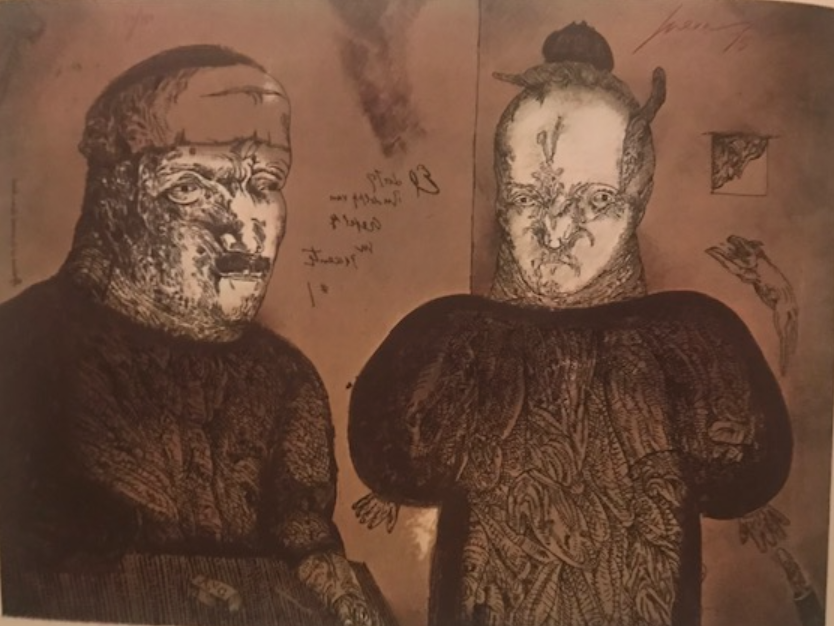
José Luis Cuevas was a Mexican artist affiliated with the post-World War II movement the Generación de la Ruptura, or Breakaway Generation. Believing that Mexican art had become too mainstream and diluted, Cuevas and the other members of the Generación opposed Mexican muralists such as Diego Rivera, José Clement Orozco, and David Alfaro Sisquieros, whom they saw as inhibiting artistic development and being overly deferential to the Mexican government. Born on February 26, 1934, in Mexico City, Mexico, Cuevas went on study at the National School of Painting and Sculpture at the age of 10. Over time, he developed a unique aesthetic of paintings and sculptures depicting disfigured or disproportioned figures and portraits. Cuevas represented Mexico in the 1982 Venice Biennale, and created a museum to himself in an old monastery, which opened in 1992. The museum and Cuevas himself are both controversial, with the glorification of Cuevas’ life and sexual prowess as a main topic of his museum. Today, his works are held in the collections of the Art Institute of Chicago, The Metropolitan Museum of Art in New York, and the Los Angeles County Museum of Art, among others. The artist died on July 3, 2017, in Mexico City, Mexico. From Artnet.com
“My interest in the dying and the insane is my vision of modern life,” Jose Luis Cuevas
